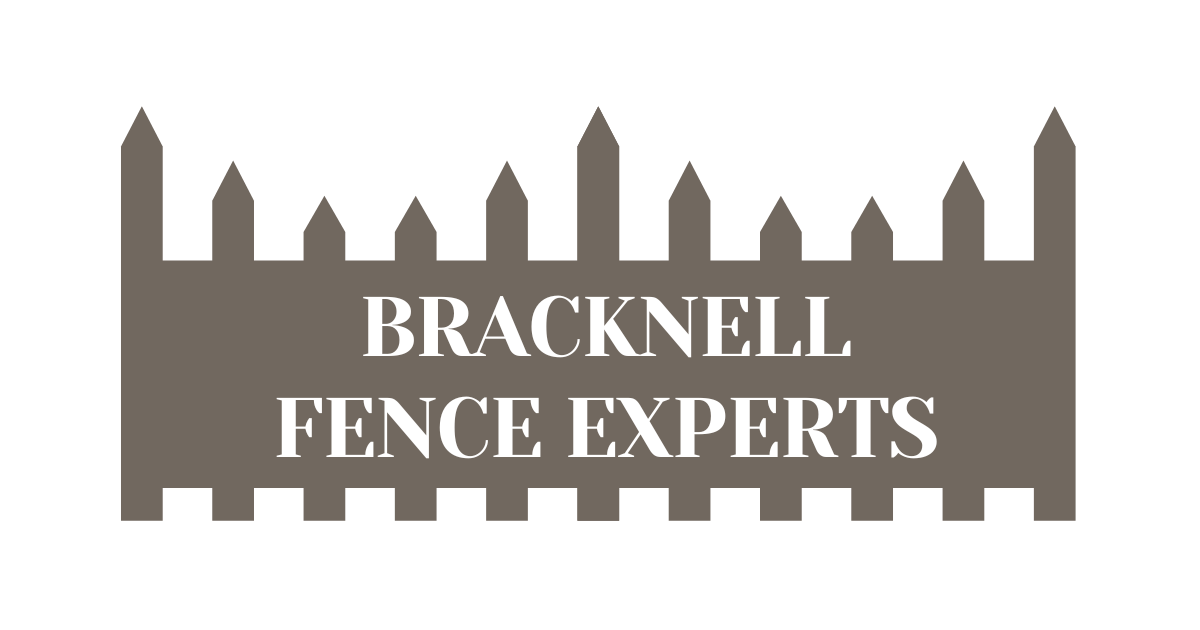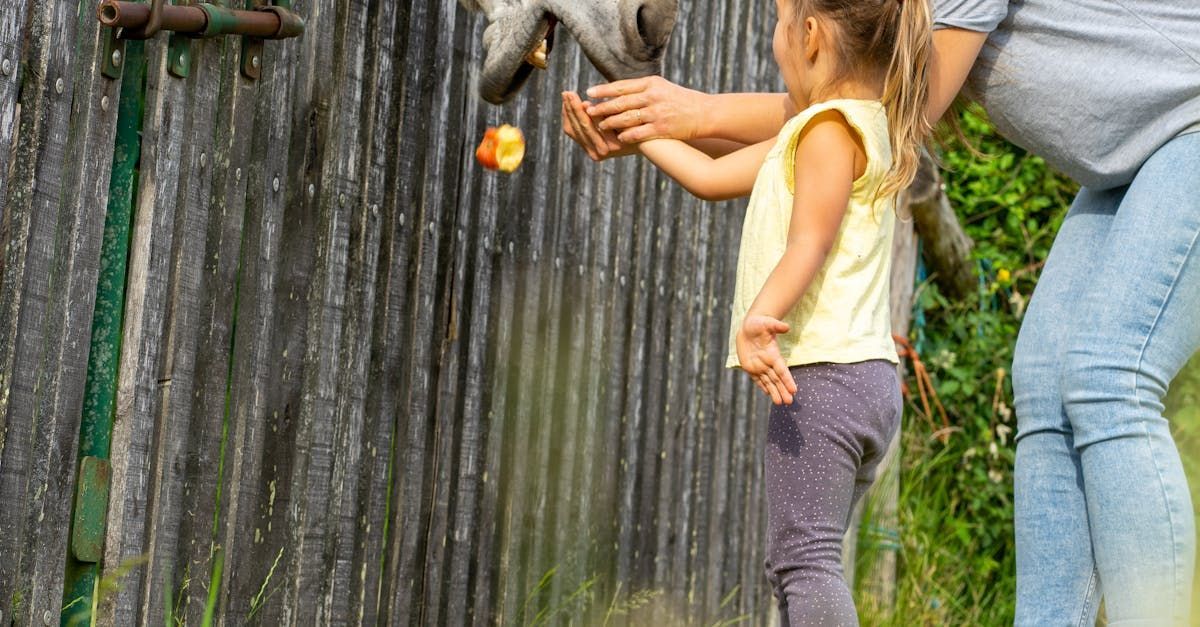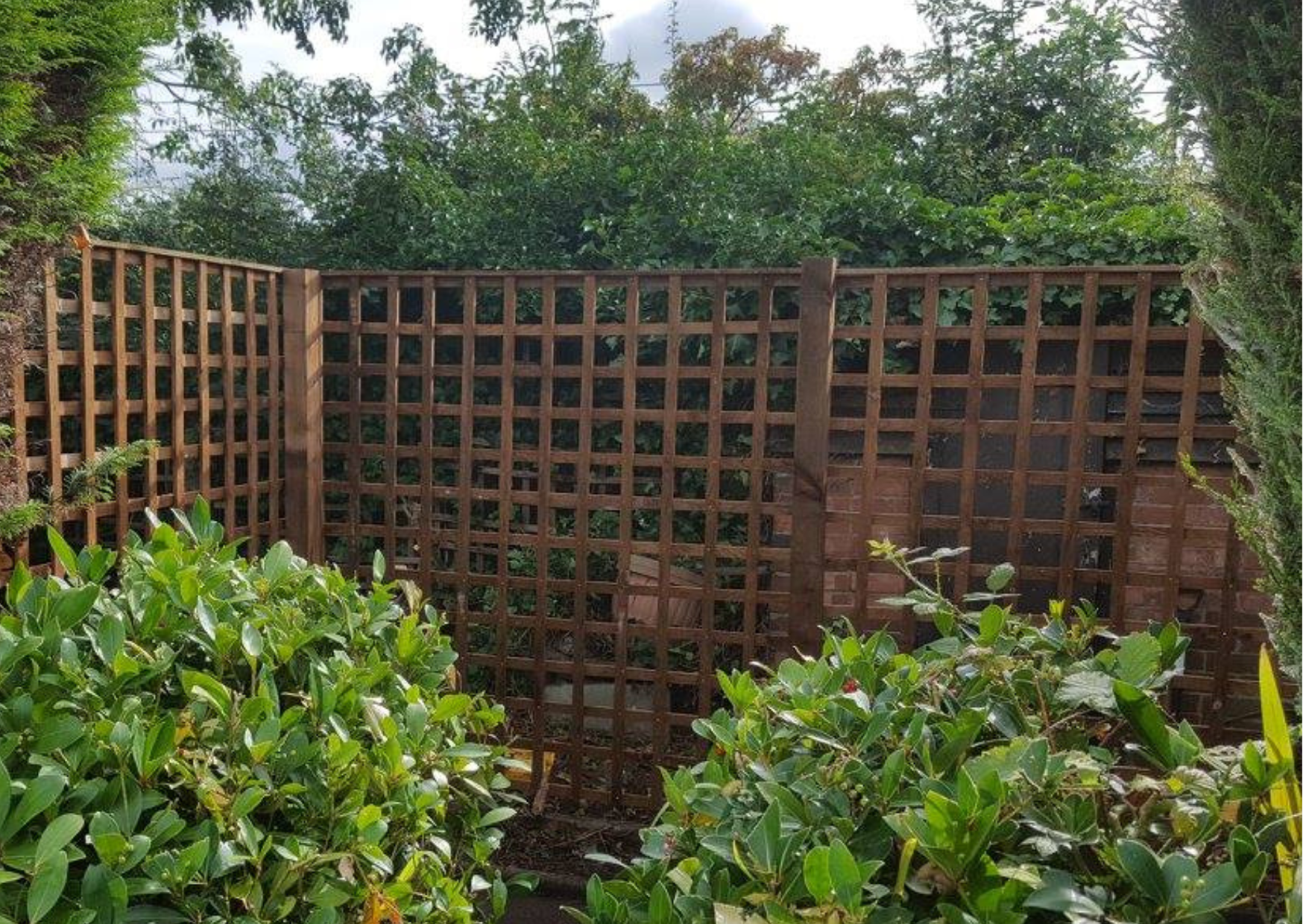How Deep Do I Need To Dig My Fence Post?
Choosing the Right Depth for Fence Posts
To ensure stability and resilience against environmental elements like wind, it's crucial to bury fence posts at an appropriate depth. Typically, it's recommended to embed posts at least 2 feet (600mm) into the ground. This depth provides essential anchorage to maintain the fence's durability and upright position over time.
The importance of correct post depth goes beyond stability alone. Burying posts below the frost line prevents frost heave, where soil expansion during freezing can displace the fence. Deeper embedding also counters the leverage of wind and other lateral forces, reducing the risk of toppling. It further protects against rot and pests by keeping vulnerable materials away from surface moisture and pests, thereby extending the fence's lifespan.
Securing Fence Posts
While depth is crucial for post stability, the method of securing them is equally vital. Concrete is a popular choice, enhancing stability against wind and gravity while protecting against rot and pests. Alternatively, metal spikes offer faster
fencing installation but may lack durability in softer soils or high-wind areas. Using gravel as backfill aids drainage, especially when combined with concrete.
Remember the 2-Foot Rule
Choosing the correct post length is critical for stability. For example, a 6-foot fence requires an 8-foot post, ensuring 2 feet remain buried for adequate anchorage. This practice ensures the fence achieves its intended height while maintaining secure grounding.
Varying Depths for Different Needs
Different fence types and environments may require adjustments to post depth. Heavy-duty fences or those in windy areas may need deeper embedding for enhanced stability. Conversely,
decorative fences may suffice with standard depth, though stability remains paramount.
Soil Type Considerations
Soil type significantly influences post installation. Clay provides robust support but requires good drainage to prevent rot. Sandy soils drain well but lack stability, necessitating deeper or reinforced installations. Loamy soils offer a balanced solution, ideal for stable post anchorage.
Gate Post Depth
Gate posts require deeper embedding than standard fence posts due to operational stresses. A depth at least one-third greater than standard posts ensures stability against gate movements, preventing sagging and ensuring long-term functionality.
Issues with Insufficient Depth
Insufficient post depth compromises stability, risking leaning or collapse under wind or structural weight. Shallow burial increases susceptibility to frost heave and accelerates rot and pest damage, leading to costly
fence repairs or replacements.
Understanding and adhering to these guidelines ensures your fence remains stable, durable, and effective in its role, enhancing both functionality and longevity. For any help with
fencing Bracknell customers are welcome to chat to us. Call us today on
01344 595527.
You might also like
All Rights Reserved | Bracknell Fence Experts


